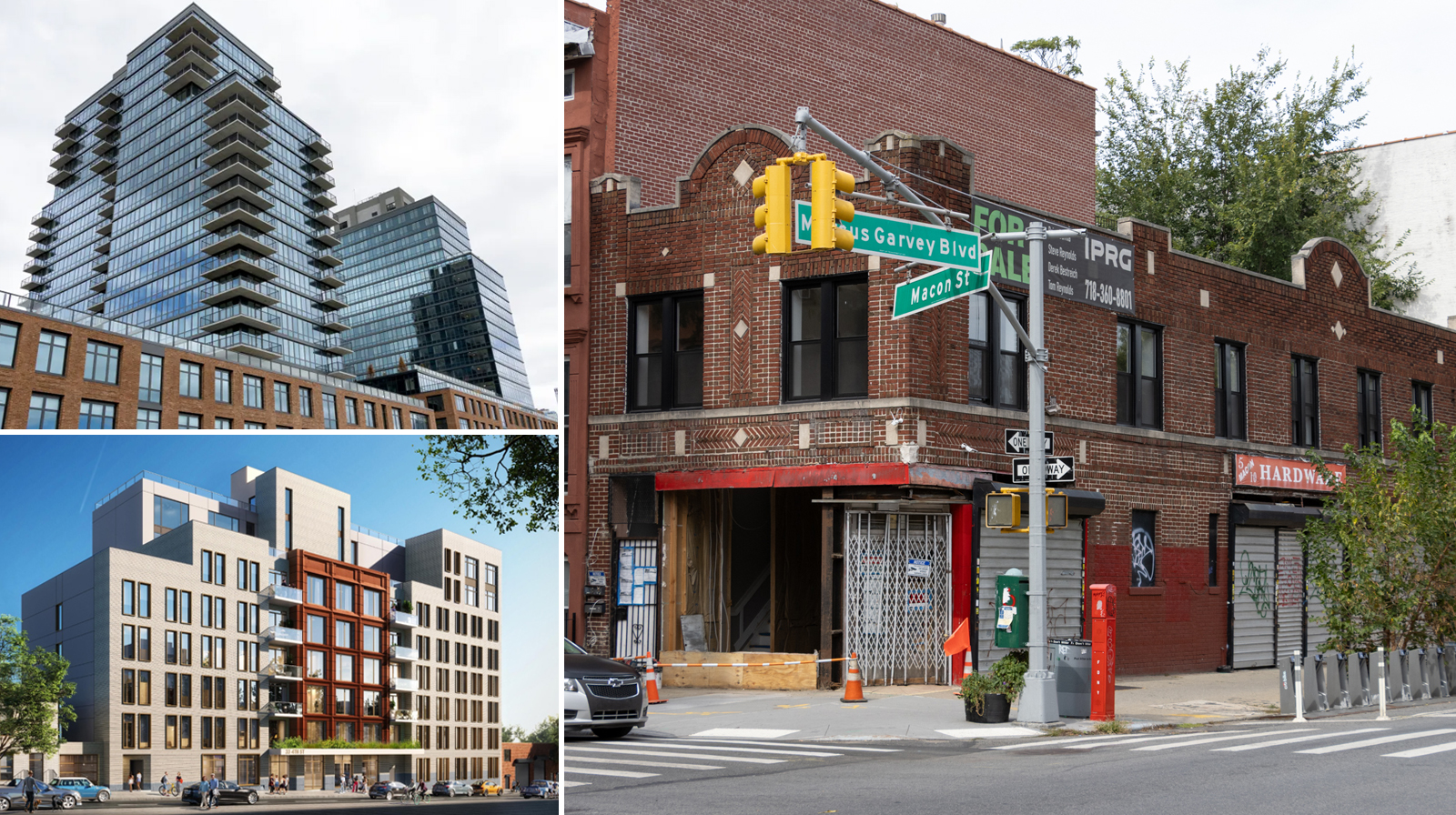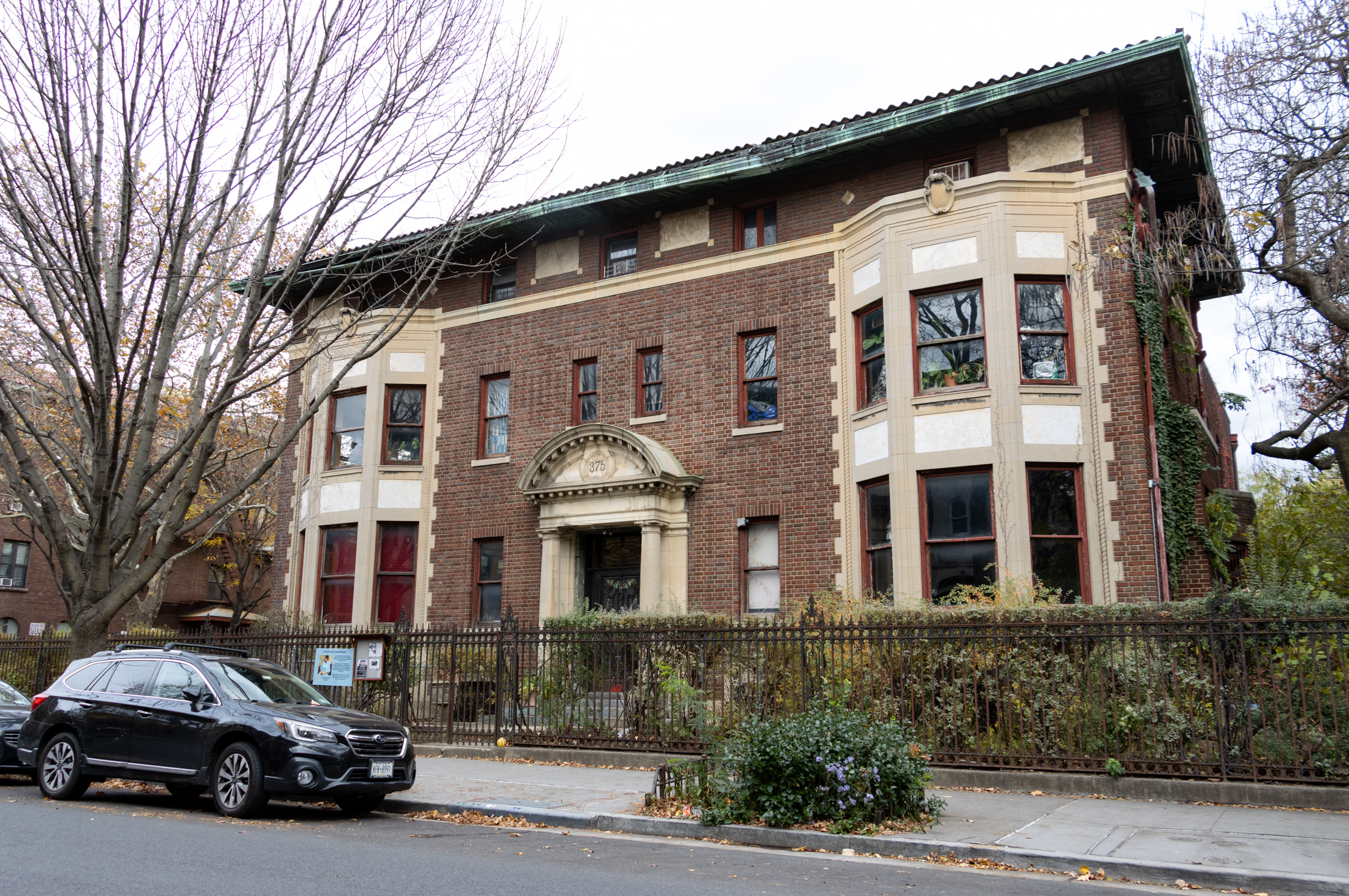Facade Easements: Worth the Risk of Audit?
As we mentioned in yesterday’s Events post, Tim Gunn from the Trust for Architectural Easements gave a lecture last night about the tax write-off available to owners of historic buildings that donate a facade easement. Historically, people have been able to write off 10 to 15 percent of the value of their homes, not an…

 As we mentioned in yesterday’s Events post, Tim Gunn from the Trust for Architectural Easements gave a lecture last night about the tax write-off available to owners of historic buildings that donate a facade easement. Historically, people have been able to write off 10 to 15 percent of the value of their homes, not an insignificant amount in this day and age. The only problem is that, despite the existence of case law in support of the easement, the IRS has decided that it doesn’t think that owners of houses that are already restricted by existing landmark laws should be able to take the write-off. As a result, 40 or so homeowners in Brooklyn that participated in the easement program in 2003 and 2004 have gotten hit with an audit in the last couple of years, according to one of the affected homeowners. We’d be interested to hear from any readers who attended last night’s program what Mr. Gunn’s spin on the audit threat was and whether he provided any compelling evidence that it’s still worth the risk for those in existing landmark districts.
As we mentioned in yesterday’s Events post, Tim Gunn from the Trust for Architectural Easements gave a lecture last night about the tax write-off available to owners of historic buildings that donate a facade easement. Historically, people have been able to write off 10 to 15 percent of the value of their homes, not an insignificant amount in this day and age. The only problem is that, despite the existence of case law in support of the easement, the IRS has decided that it doesn’t think that owners of houses that are already restricted by existing landmark laws should be able to take the write-off. As a result, 40 or so homeowners in Brooklyn that participated in the easement program in 2003 and 2004 have gotten hit with an audit in the last couple of years, according to one of the affected homeowners. We’d be interested to hear from any readers who attended last night’s program what Mr. Gunn’s spin on the audit threat was and whether he provided any compelling evidence that it’s still worth the risk for those in existing landmark districts. Sounds to us like people in areas that may be landmarked in the next couple of years should be all over this while those whose props are already landmarked would do better to sit tight.
Thursday Events [Brownstoner]





Looking back at Guest 5:26’s “Three recent examples of NYC Landmarks Ordinances failing to preserve important historic resources” I see that NONE of them have any relevance to the question of whether facade easements grant additional protection.
The Austin, Nichols warehouse did not (unfortunately) go through the entire designation process and thus would have been inelegible for a tax break (in the unlikely event that the owners would have seen fit to grant an easement).
The art deco Dept. of Purchase building under the bridge in Fulton Ferry, although a city landmark, was also City owned–no possible tax break there.
Why didn’t the owners of the the Hearst Tower apply for an easement instead of taking other steps to maximize their profit by adding a tower to the building? They could not have been required to grant an easement, so I don’t see how any additionalprotection could have been provided in this instance either.
Of course, how dare I question out learned “guest” who is an AUTHORITY when I’m a mere amateur? I must be a terrible person 😉
The crux of the delemma for those contemplating this superficially atractive proposition, is that even with the new regulations and a very conservative appraisal of property value, it is still very difficult to prove a loss of value in an already landmarked area. Just because a licensed appraiser may give you an appraisal of a 5% – 10% or greater loss of value does not mean that the IRS will not challenge it, (case law of the late 80s and early 90s not withstanding)
Those who relish an afternoon or two with the IRS with their accountant in tow and the long uncertainty of possible future tax liability with interest and penalties should not be dissuaded, but there is no way that it would be economically feasible for an individual owner to take the IRS to court on this and come out ahead.
I would be far more impressed with the TAE If they had stepped up to the plate and defended the legitimacy of the existing easements that they had already been granted, the vast majority of which were made within the full letter of the law. Instead they have let their donors hang in the wind on their own to negotiate these points on a case by case basis with the IRS.
It makes no sense to give an easement to protect the facade of a house that has a facade which is already protected. I wouldn’t trust this to hold up, regardless of what out friend “guest” says.
Yes, but as Jeb pointed out, he had a reasonable appraisal. The validity of easements aside (and as I said, they are valuable tools for preservation), people making these donations need to make sure that they are doing so by the book. The IRS is aggressively auditing easements because groups like TAE are marketing them very heavily and encouraging aggressive appraisals.
Why aren’t people jumping up and down with joy at the prospect of a deduction in the $220,000 range (as realized by Jeb at 11:15am and 2:16pm above)?! What am I missing? Surely canny (greedy) brownstoners aren’t so afraid of an audit that they would leave this kind of cash on the table? Jeez, I had a friend who positively relished audits — she just enjoyed a good fight, and over the years she definitely came out ahead of the IRS.
I guess we’ll just have to disagree.
I just have a problem trusting TAE, but then I’m quite suspicious by nature–yrmv.
There is a case law history, which supports Conservation Easements that have been donated on properties within local historic districts that already have preservation ordinances. In all five cases the IRS lost and the donors won.
The fundamental difference is that:
1) City Ordnances are subject to change, subject to removal, subject to hardship clauses. Etc. etc.
2) Conservation Easements are private legal agreements which run in perpetuity.
Three recent examples of NYC Landmarks Ordinances failing to preserve important historic resources are as follows:
A) The Austin, Nichols warehouse on Kent Avenue in Williamsburg: The NYC Landmarks Designation was revoked by the New York City Counsel.
B) Fulton Ferry, Brooklyn – an art deco building which had been a city landmark for some 20 years was allowed to be demolished to make way for a park. and,
C) The Hearst Tower in Midtown was allowed to add a 50 story tower onto a landmarked building.
Conservation Easements clearly have value, even if the property is subject to local ordinance overlays. This issue was presided over in a court of law on five different occasions, not on a message board.
I work with the Connecticut Trust for Historic Preservation. The Trust for Architectural Easements are a group of serious and dedicated preservationists. TAE has also been active in a number of community support, good works projects, and grant giving to further the preservation movement (I believe HDC has been the beneficiary of some of these programs).
4:25,
OK, but NONE of that contradicts the basic point made in the HDC’s article (which, as I read it, is that facade easements in NYC Historic Districts do not provide any significant additional protection and that they do not diminish the value of a property).
I have no doubt that facade can be useful presedrvation tools in the right circumstances, but TAEseems to be actively pushing them in established NYC Historic Districts
You wouldn’t be shilling for TAE, would you?
Bob Marvin – It is Autumn 2007. The Conservation Easement Program was recently reviewed and reaffirmed by the Senate, Congress, and the President after a bill was put forth to essentially eliminate it. There are now better preservation standards, better appraisal standards, better incentives, and more transparency to the program. Please stop circulating old irreverent information. You are not helping the preservation movement.